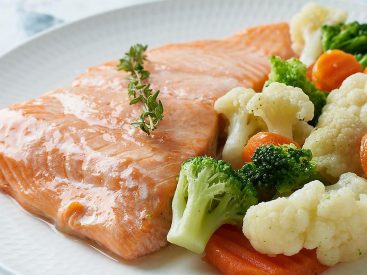Eating healthy can be difficult, especially when you are not just feeding yourself. Recipes are really helpful in finding meals that can fit everyone’s taste buds and help to feed your family something a little different. One great thing about information today is it is fairly easy to access […]
Delicious!
Delicious!



